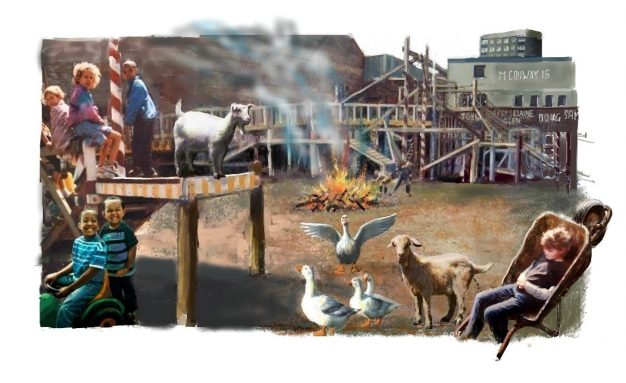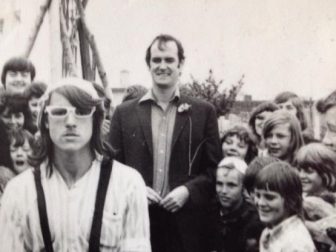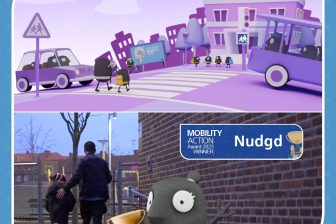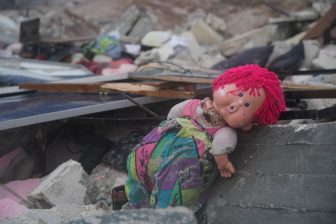
Sharing memories of ‘endangered’ adventure playgrounds
The University of Gloucestershire in the west of England has launched the report, and a short film, of its Sharing Memories of Adventure Playgrounds (SMAP) research project. The project worked with adventure playgrounds in the cities of Bristol and Gloucester to gather memories of those involved – as children, staff, families and communities – over their history, in order to explore their value; but the project also shines a spotlight on the decline in the number of UK adventure playgrounds, and their ongoing insecurity.
Adventure playgrounds are a specific form of play provision generally catering for children aged 5-15 years of age, with local variations. Their received history tells how they were first introduced into the UK in the late 1940s by Lady Allen of Hurtwood after her visit to the junk playground in Emdrup, Copenhagen. These facilities sprung up in urban spaces left by wartime bombs, using waste materials, tools and the permissive supervision of a playworker to create spaces where children could build play structures, make dens, use tools, have fires and generally engage in outdoor play. Largely developed and run by voluntary organisations, such seemingly anarchic and chaotic spaces were welcomed by the authorities as an effective response to the rise in delinquency amongst working-class boys.

Over the last 70 or so years, these playgrounds have had a chequered history. At times adventure playgrounds have been well funded because of their perceived social and economic benefits (instrumental value), at others less so. Alongside this, the ethos and practices of adventure playgrounds in the UK have both affected and been affected by the zeitgeist, theory and social policy paradigms. From an estimated 500 in operation across the UK in the 1970s, their decline to less than 150 today (many of which no longer operate wholeheartedly according to the original principles) has been attributed to a number of socio-legal changes, including the Health and Safety at Work Act 1975, the Children Act 1989, the introduction of out of school childcare and now unprecedented public expenditure cuts.
‘Critical cartography’
This trans-disciplinary project held events at each of the playgrounds and recorded these using video, audio and the work of artists. It was funded by both the Being Human and Sport, Exercise, Health and Wellbeing Research Priority Areas at the University of Gloucestershire. It drew on concepts from post-qualitative research methodologies, memory studies, geography, philosophy and policy. It aimed to develop a ‘critical cartography’ as a different way of articulating the value of adventure playgrounds that can be used to inform future policy.
There is plenty of evidence showing the benefits of play for children, but less showing the benefits of play provision. What does exist tends to show the instrumental value of adventure playgrounds and playwork in terms of its capacity to address social policy concerns such as reducing physical inactivity and obesity, crime reduction, or community cohesion. These are important, and at the same time the desire to show measurable benefits in this way obscures other ways of expressing value. The creative methods we used looked to show how much these spaces mattered to those involved.
Adventure playgrounds are an endangered species
Dr. Wendy Russell
At the launch of the SMAP project, with an exhibition at the University’s Oxstalls campus on 27 January, the Mayor of Gloucester, Councillor Neil Hampson highlighted the huge value of the city’s adventure playgrounds to successive generations of local communities and decried the austerity policies that was placing them at risk. Dr. Wendy Russell, for the research team, said they were an ‘endangered species’, which needed to be documented while they were still in existence.
Adrian Voce
Source: University of Gloucestershire news release.
Illustration: Mick Conway (from original artwork produced for the project)
Photo: Bristol Daily News
As well as the exhibition, the project has produced a film, which can be viewed here and a short report, available here. If you would like to host the exhibition, please contact the research team at smap@glos.ac.uk.




